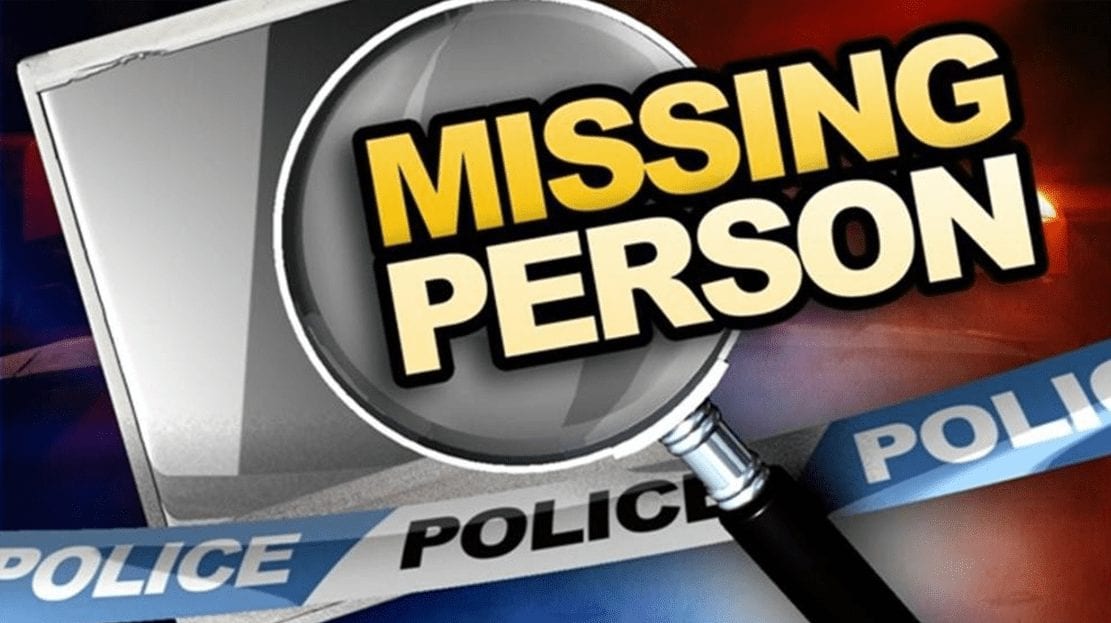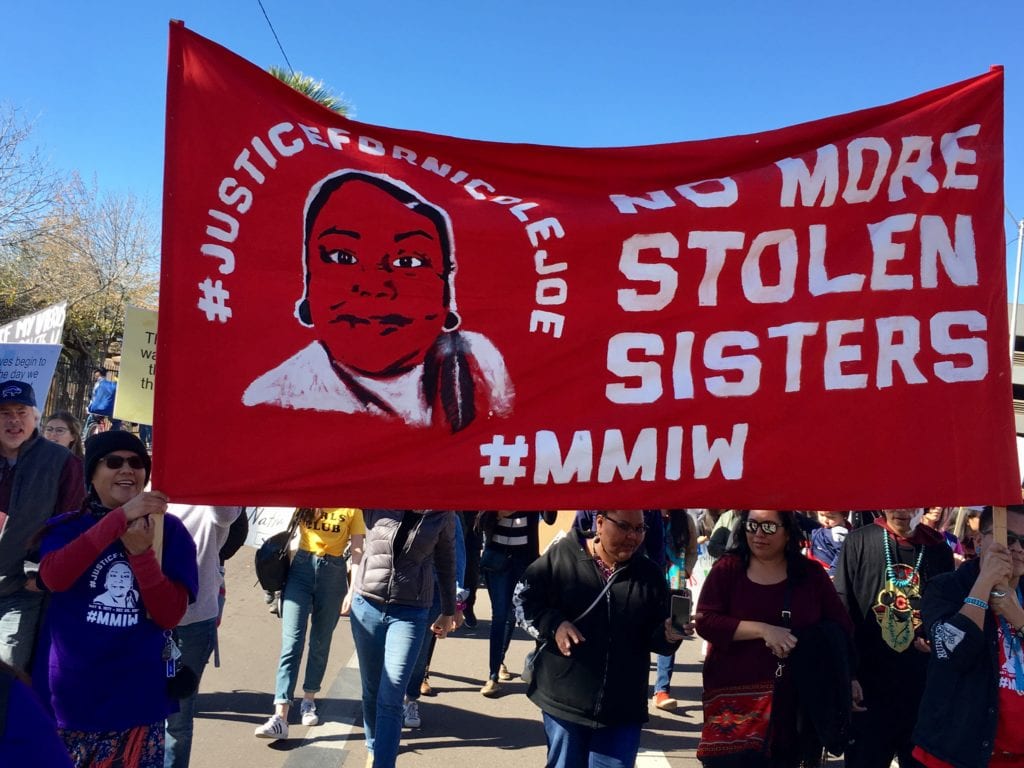
How to Write a Press Release
When you are in the midst of a traumatic experience, it’s hard to look beyond the immediate crisis.
When a loved one goes missing, it’s hard to think about issuing a press release and why it may be so important to learn in the initial days folmlowing the missing person report.
How important is a press release when some we love goes missing?
Digital communication is the most used form of communication in the United States. When a person goes missing, it becomes paramount to notify as many people as possible in order to generate leads for law enforcement, and finding missing persons is a cooperative effort between law enforcement, media and families of missing persons.
Press releases and other forms of digital communication offer the important opportunity to provide important details about the case to thousands of people, along with disseminating descriptive information and photographs of the missing person. In addition, an effective missing person press release becomes the most important form of communication between a victim family and the news media.
Some may have the resources to hire a professional to write a press release. While this is a great option, there are other considerations one must be aware of and familiar with to write an effective and professional press release while also preserving the integrity of the case for law enforcement, so as not to compromise an investigation.
When writing a press release, samples can be difficult to find and replicate. Honestly, they can be tough to write because few people understand their structure. Exceptional press releases all contain certain elements. These elements should be present in all press releases written.
When you know what to include in your press release, along with how to structure it, your release will be more legible, credible, and useful for readers.
Following are foundational tips to help guide you through the process of writing a press release for a missing person case.
- If you are ready for your press release to go public, use the words “IMMEDIATE RELEASE” at the top of the press release. If the release needs to be held for a day or two put “HOLD RELEASE UNTIL” and add a date.
- All words in your headline should be in Title Case, meaning the words in your headline should be capitalized except for prepositions and words under four letters.
- Include the City, State, Month, Day and Year. Press releases are meant for wide audiences, but it is also important to connect them with your geographical location and including your local information is critical.
- Throughout your press release try to use keywords such as missing person, missing adult, missing child, abduction, disappearance, kidnapping, and others depending upon the circumstances of the disappearance. It is not necessary to go overboard with the use of keywords: just include them naturally throughout the release.
- Write a summary paragraph to help readers immediately understand to help journalists understand what the press release is about so they can make a decision whether to cover the story or not. The who, what, where, when and why should all be included in a press release. A summary paragraph must be interesting and compelling to readers so use it to include the most relevant information, while laying out the key points of the press release.
- Six Elements need to be included.
- Who. Who is the press release about? Who are the main players?
- What. What is the topic of the press release? Why should readers care about the release?
- Why. Why are you sending out the release?
- When. When is the subject of the release taking place?
- Where. Where is the activity taking place?
- How. How does the subject of your release provide value? How does it help your readers?
- Finish It Up with a Compelling Last Paragraph
Sample Release
Contact: Mandy Harris
Telephone 602-000-0000
Email: manyharris101@gmail.com
FOR IMMEDIATE RELEASE
Family and Police Seeking Information About Jane Doe Who Vanished from a Waltan Parking Lot
Phoenix, Ariz. April 15, 2019/ Today, Phoenix Police Department announced they are searching for information from the public about the disappearance of Jane Doe, 21, who mysteriously vanished after a north Phoenix parking lot on Sunday evening. At an upcoming press conference, police, along with family members of Jane Doe will be sharing information with the public to help locating the missing Arizona State University student.
Sunday, April 15, 2019, at approximately 6 p.m. Jane Doe was seen on a security camera entering the Waltan store located at 19th Avenue and Bell Road. She proceeded to purchase a couple items and left within ten minutes. Upon leaving, Jane Doe walked to the northwest side of the parking lot where her white 2014 Honda Civic was parked. There, an unidentified male, possibly white or Hispanic, can be seen on the security footage speaking to Jane Doe who continued to get into her vehicle and leave through the west entrance. Moments later, a 2001-2003 maroon Dodge Durango with the same man driving was seen slowly following the white Honda Civic out of the parking lot heading north on 19th Avenue. The maroon Dodge Durango is also being sought by police in several other attempted abductions.
A press conference is scheduled on Tuesday April 16, 2019, in the Waltan Parking lot where Jane Doe was last seen. Accompanied by the Phoenix Police Department, Jane Doe’s two adult sisters, Mandy Harris and Leah Martin, will speak to reporters about the search for their baby sister.
In addition to discussing the case of Jane Doe, Phoenix Police is expected to issue a warning to citizens regarding the maroon Dodge Durango suspected in the attempted abductions of several other women in the North Valley.
For information please call Mandy Harris at 602-000-000.
# End of Release #


 Indigenous women in this country are more likely
Indigenous women in this country are more likely  In fact, the work being done to preserve information about murdered and missing indigenous women is being performed in large part by private citizens, like
In fact, the work being done to preserve information about murdered and missing indigenous women is being performed in large part by private citizens, like  In 2015, the Department of Justice announced they were developing the Tribal Access Program for National Crime Information (TAP) so tribes can enter and view information in the federal NCIC database, thereby streamlining muddled communications between investigating bodies. Ten tribes were selected for the beta-test of this new system, but as of 2016, some had not received their TAP terminals. Once again, the wheels of justice turn at a glacial pace for missing and murdered indigenous women.
In 2015, the Department of Justice announced they were developing the Tribal Access Program for National Crime Information (TAP) so tribes can enter and view information in the federal NCIC database, thereby streamlining muddled communications between investigating bodies. Ten tribes were selected for the beta-test of this new system, but as of 2016, some had not received their TAP terminals. Once again, the wheels of justice turn at a glacial pace for missing and murdered indigenous women.